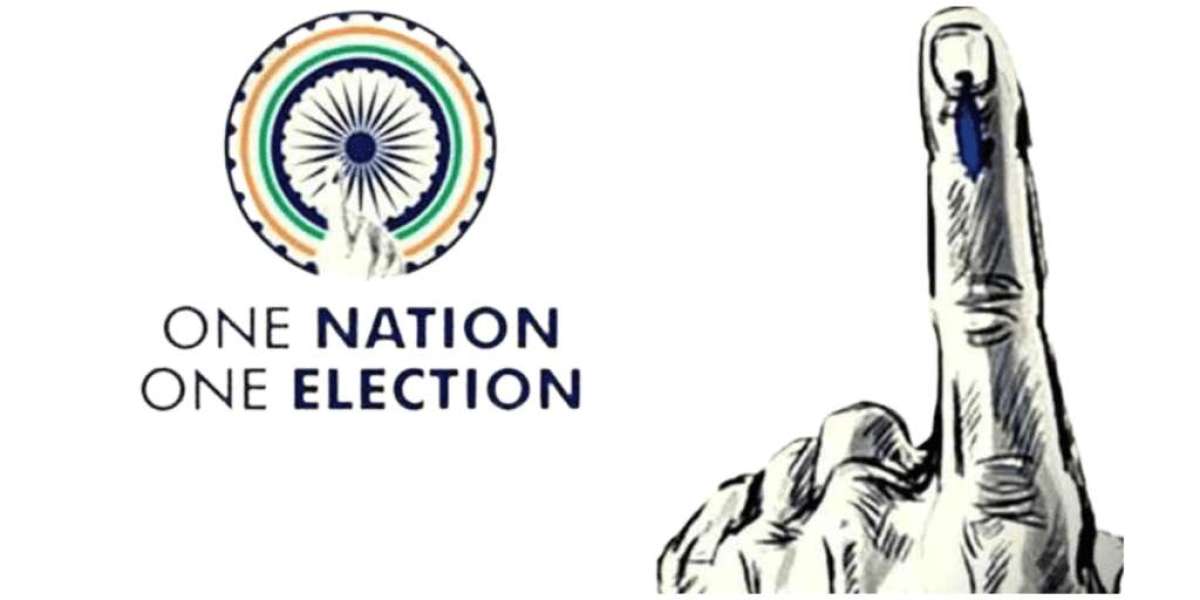The concept of 'One Nation One Election' has been a topic of considerable debate and discussion in India. Advocates argue that synchronizing the electoral cycles of the central and state governments can lead to several benefits, while critics express concerns about potential drawbacks. In this article, we will delve into the pros and cons of the One Nation One Election proposal to better understand its implications.
Pros:
- Cost Efficiency:
Supporters argue that conducting elections simultaneously at the central and state levels can significantly reduce the financial burden on the government. By avoiding frequent polls, substantial savings could be achieved in terms of security arrangements, logistics, and administrative expenses.
- Administrative Efficiency:
Streamlining election processes can lead to better utilization of administrative resources. Overlapping election cycles often result in a prolonged model code of conduct, affecting governance and policy implementation. With synchronized elections, governments can focus on their duties without frequent disruptions.
- Voter Engagement:
Proponents believe that simultaneous elections could enhance voter engagement. Voters might be more inclined to participate in a single, significant electoral event, leading to increased voter turnout and a more representative democratic process.
- Stability and Continuity:
One of the key arguments in favor of One Nation One Election is the potential for political stability. With fewer disruptions and a synchronized electoral calendar, governments could focus on long-term policies and development, fostering stability and continuity.
Cons:
- Constitutional and Federal Concerns:
Critics argue that India's federal structure is built on the principle of separate elections for the center and states, ensuring regional representation and autonomy. Imposing simultaneous elections could infringe upon the federal character of the Indian Constitution.
- Dominance of National Issues:
Concerns have been raised about the overshadowing of regional issues by national agendas. Simultaneous elections might result in a disproportionate focus on national issues, neglecting the diverse and region-specific concerns of states.
- Logistical Challenges:
Organizing simultaneous elections across the vast and diverse landscape of India poses significant logistical challenges. Coordinating security arrangements, polling booths, and personnel for such a massive undertaking could be a complex and resource-intensive task.
- Shortening of Political Accountability:
Detractors argue that simultaneous elections might diminish political accountability. If state and national elections are held concurrently, voters may not be able to express their discontent with a particular party or government separately, potentially leading to a dilution of democratic checks and balances.
Conclusion:
The One Nation One Election proposal is a multifaceted issue with both advantages and drawbacks. While it holds the promise of cost and administrative efficiency, potential constitutional conflicts and the risk of overshadowing regional issues raise valid concerns. Striking a balance between the advantages and disadvantages is crucial to ensuring that any such reform serves the best interests of India's diverse and dynamic democracy. Public discourse and careful consideration are essential before making any substantial changes to the electoral landscape.


